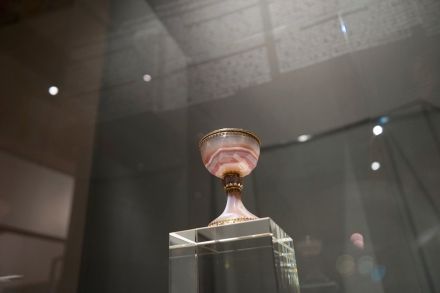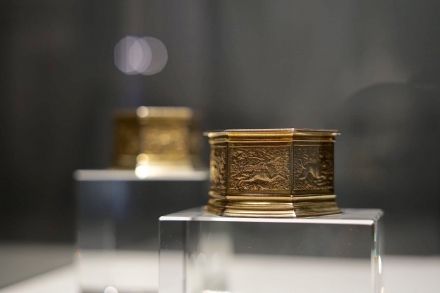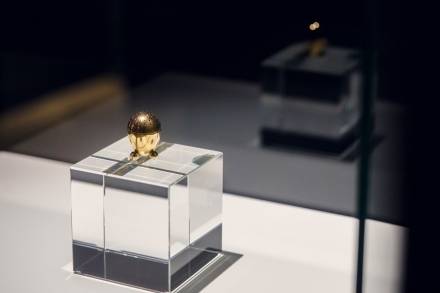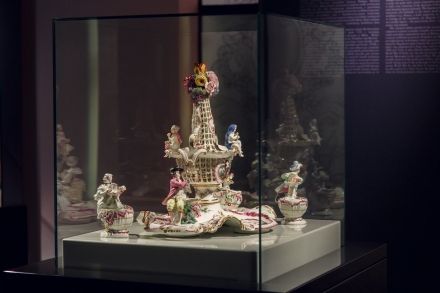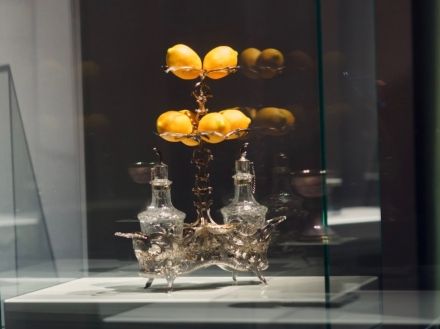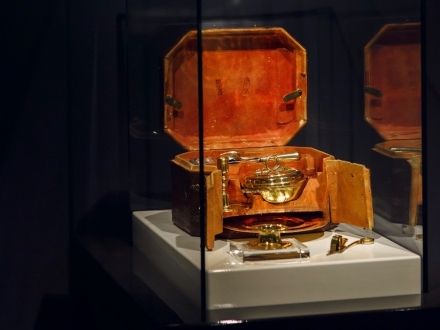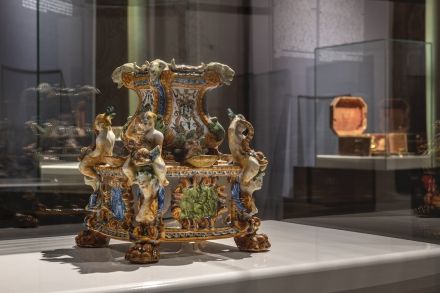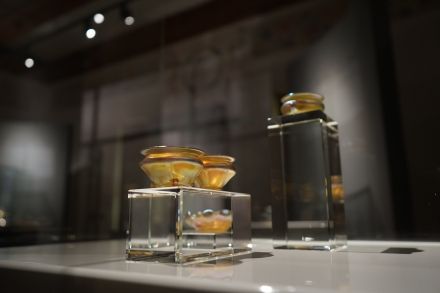The collection of saltcellars, including about 1000 exhibits, is considered one of the world’s most valuable collections of this type. The exhibition in the Castle features only the finest and most interesting historical objects from the Museum collection. Many of them represent top world class of applied arts. The collection includes sample works of goldsmith, ceramic and glass arts and items made from other materials, such as ivory, stone, mother of pearl. The collection of historical salt cellars is continually built up and the exhibition occupies now two rooms.


